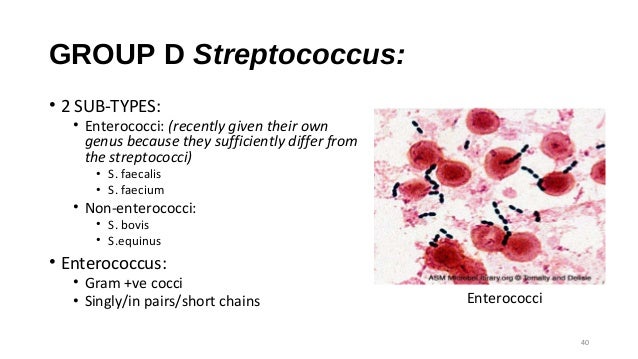Bile Esculin Test
Bile esculin agar is a selective and differential medium which is used to presumptively identify enterococci and group D streptococci based on the ability of an organism to hydrolyze esculin.

- Esculin is a glycosidic
coumarin derivative (6-beta-glucoside-7-hydroxy-coumarin). The two
moieties of the molecule (glucose and 7-hydroxycoumarin) are linked
together by an ester bond through oxygen.
- Many bacteria can hydrolyze
esculin, but few can do so in the presence of bile.
- Thus the bile esculin test is
based on the ability of certain bacteria, notably the group D streptococci
and Enterococcus species, to hydrolyze esculin in the presence
of bile (4% bile salts or 40% bile).
- Bacteria that are bile-esculin
positive are able to grow in the presence of bile salts and the hydrolysis
of the esculin in the medium results in the formation
of glucose and a compound called esculetin.
- Esculetin, in turn, reacts with
ferric ions (supplied by the inorganic medium component ferric citrate)
to form a black diffusible complex.
Principle
Gram-positive bacteria
other than some streptococci and enterococci are inhibited by the bile salts in
this medium. Organisms capable of growth in the presence of 4% bile and able to
hydrolyze esculin to esculetin. Esculetin reacts with Fe3+ and forms a dark brown to black precipitate. Thus the
tolerance to the presence of bile and the hydrolysis of esculin provide the
means to presumptively identify organisms. If an organism can hydrolyze
esculin, the media will turn dark brown or black.
 Media:
Media:
Beef extract (11 g),
enzymatic digest of gelatin (34.5 g), esculin (1 g), ox bile (2 g), ferric
ammonium citrate (0.5 g), agar (15 g), per 1000 mL, pH 6.6.
Method


1. Inoculate one to two colonies from an 18- to
24-hour culture onto the surface of the slant.
2. Incubate at 35°-37°C in ambient air for 48
hours.
3. Observe for growth and blackening of the
medium.
Results

- Positive: Growth and blackening of the agar slant
- Negative: Growth and no blackening of medium ; No growth
Uses
- This test is used for the
presumptive identification of enterococci and organisms in the
Streptococcus bovis group.
- The test differentiates
enterococci and group D streptococci from non–group D viridans
streptococci.
Limitations

- It should be used in
conjunction with other biochemical tests to identify cultures of isolated
organism.
- As a result of nutritional
requirements, some organisms may grow poorly or not at all on this medium.
- Some strains of Staphylococcus, Aerococcus,
and Listeria monocytogenes may grow in the
presence of bile and hydrolyze esculin. monocytogenes will
form minute black colonies.
- A heavy inoculum on BEA may
cause interpretation of the bile esculin test difficult to read. Excess
inoculum decreases the ability of the bile to inhibit growth of other
gram-positive organisms that may hydrolyze esculin.
- There are a few streptococci
that do not hydrolyze esculin but will grow in the presence of bile.
Growth without blackening of this medium does not constitute a positive
test.
- BEA does not contain azide; as
a result, gram-negative rods will grow on this medium. Many of these
organisms may hydrolyze esculin.
References
www.time2026end.com
Comments